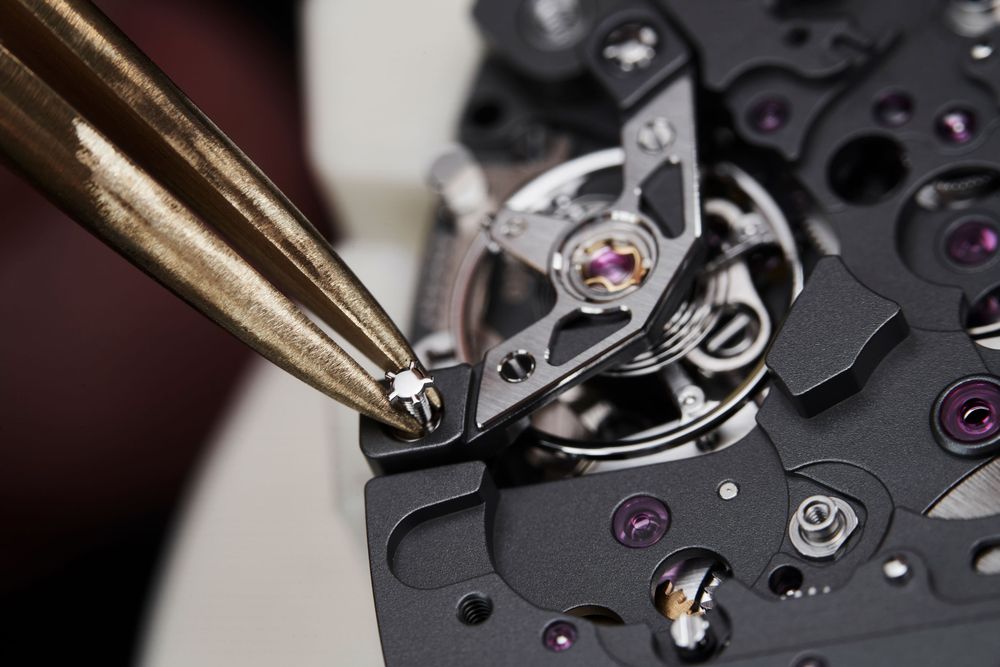What are you looking for?
Search
Our dedicated service centre is manufacturer certified to work on fine watches. Every single watch is inspected here for your peace of mind.
OUR MOST COMPLICATED AUTOMATIC CALIBRE
A highly complex sports timepiece, a masterpiece of technical prowess designed for everyday use and for any situation, such is the latest execution of Richard Mille’s tireless quest for innovation,
the new RM 65-01.
The culmination of some five years of development, this automatic split-seconds chronograph is the most complex timepiece ever to leave the Richard Mille workshops. This model fully embodies the brand’s technical approach thanks to the combination of several additional functions, a very specific architecture and an extremely high-end aesthetic. All in all, a fabulous challenge of mechanical watchmaking that called for patience, technicity and utter perseverance.
BASEPLATE AND BRIDGES MADE OF GRADE 5 TITANIUM
The baseplate and the bridges are crafted of grade 5 titanium, a biocompatible, highly corrosion-resistant and remarkably rigid alloy, which enables the gear train to function effortlessly. The alloy is 90% grade 5 titanium, 6% aluminium and 4% vanadium. This combination further increases the material’s mechanical properties, which explains its frequent use in the aerospace, aeronautical and automobile industries. The baseplate of the calibre RMAC4 has been optimised to for an extremely low weight / resistance ratio.
The skeletonised baseplate and the bridges were subjected to intensive and complete validation tests to optimise their resistance capacities.

SPLIT-SECONDS CHRONOGRAPH
The modern architecture of this movement enables for the consistent and rational arrangement of its constituent parts, avoiding unnecessary superimpositions and permitting the best possible use of the functions thanks to technical solutions.
The RMAC4 calibre is equipped with the latest-generation split-seconds mechanism developed by the engineers at Richard Mille. The 6-column wheel ensures optimised simultaneous movement, maximal function locking, and greater adjustment durability.
The chronograph was also subject to a battery of merciless tests to demonstrate its correct function in any situation, from shock and drop simulations to accelerated 10-year ageing phases for all its functions, to waterproof tests and magnetic field resistance trials.























